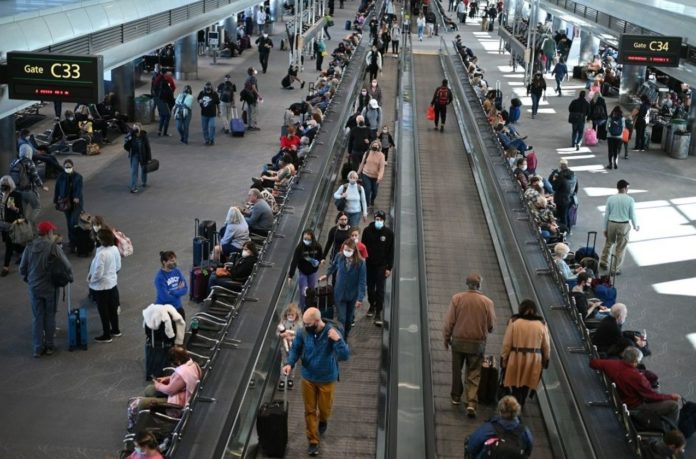This new tool can help you check your risks of catching covid-19 in various situation and what can be done to mitigate those dangers.
A new interactive visual created by UK experts and published today in The BMJ will help people in deciding how to protect themselves and others against covid-19 in everyday settings.
It depicts the many pathways that the virus that causes covid-19 may take as it spreads between two persons, based on estimates made by 26 foreign specialists.
Based on the available evidence, it aims to show the dangers of catching covid-19 in various situations and what can be done to mitigate those dangers.
Along with the areas of scientific consensus, it illustrates the doubts and opinions among specialists regarding how the virus behaves, how it is spread, and how we may best limit the likelihood of transmission through personal and social measures.
According to the researchers, the tool should assist decision makers and the general public in making educated choices about how to minimize viral transmission in a lot of situations, such as how to make a workplace or public space as safe as possible while being open and functional.
The researchers engaged 26 experts from a variety of fields and countries to develop the tool, requesting each value necessary to support the graphic.
These covered the significance of various virus transmission channels (e.g., small and large airborne droplets, contact with contaminated surfaces) during a wide range of behaviors (e.g., talking, coughing, exercising, and eating) in a range of circumstances (eg. outdoors or indoors in different sized rooms, with or without ventilation).
Additionally, they gathered estimates of the effectiveness of various protective measures (e.g., face coverings and screens, physical separation, hand hygiene, and surface cleaning) in preventing transmission.
When all values were analyzed, it became clear that airborne transmission channels were the most important in almost all cases, while face coverings, particularly when worn by an infected individual as a source control measure, were the most essential mitigation strategy.
Notably, all routes of transmission were considered, and simple precautions such as physical separation, hand washing, and respiratory hygiene all played a role.
The researchers discovered significant evidence gaps and disagreements among experts on a number of variables, including the role of aerosol transmission; the effects of various types of masks on inhaled aerosols; and the effects of face coverings on aerosol transfer from hand to eyes, nose, and mouth.
“Everyone has been keen to know how much difference each possible action we’ve been told about makes, and finally we have been able to gather together enough knowledge from experts from around the world and in a range of fields to answer those questions,” explained author Alexandra Freeman at the University of Cambridge.
She added: “The tool is interactive, so that you can explore the scenarios that are most relevant to you, whether it’s because you sing in a choir, or want to know about the risks of eating in a small restaurant. How much difference would it make if you opened the windows, or cleaned the surfaces? Have a look and find out.”
Co-author Harry Rutter at the University of Bath said: “It is all too easy to focus on just a single route of spread for covid and forget about all the others. One of the ways a tool like this can help is by making it really clear that all the transmission routes matter, in different proportions in different contexts. The fact that one of those routes – airborne transmission – is the main one in most situations doesn’t mean that we can ignore the others.”
The authors recognize certain study limitations and state that producing convincing evidence about the varied and highly dependant paths of covid-19 virus transmission is not easy. However, they express hope that their technique will prove beneficial to those who may confront the future issue of communicating complex, imprecise, and uncertain facts.
Source: https://www.bmj.com/content/375/bmj-065312
Image Credit: Getty
You were reading: A new tool can help you protect yourself and others from covid-19
